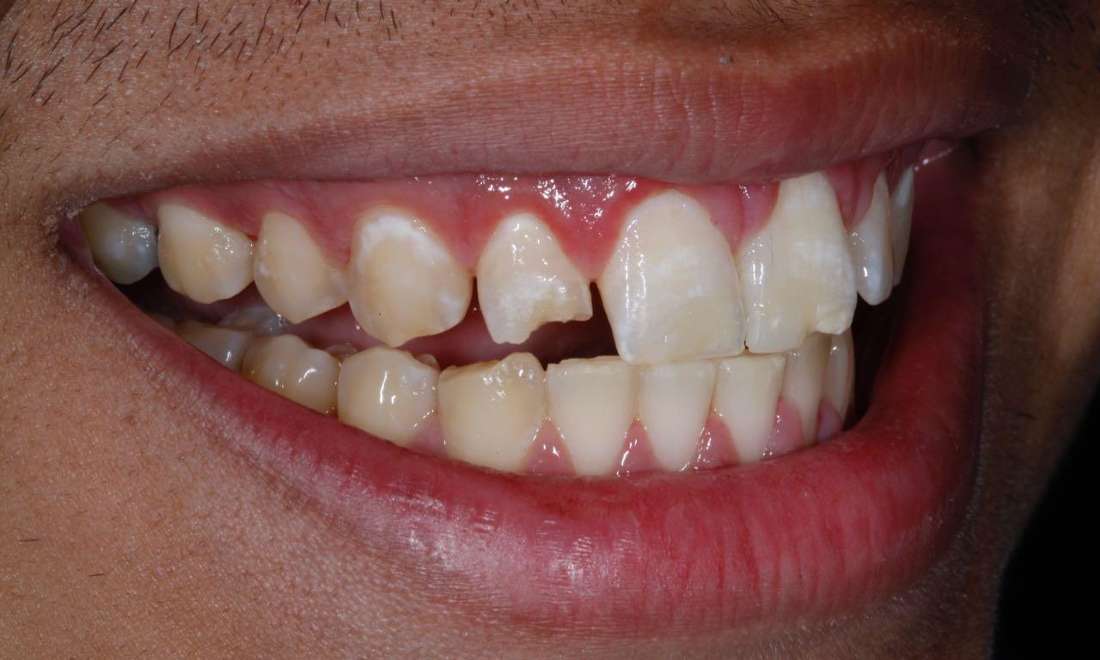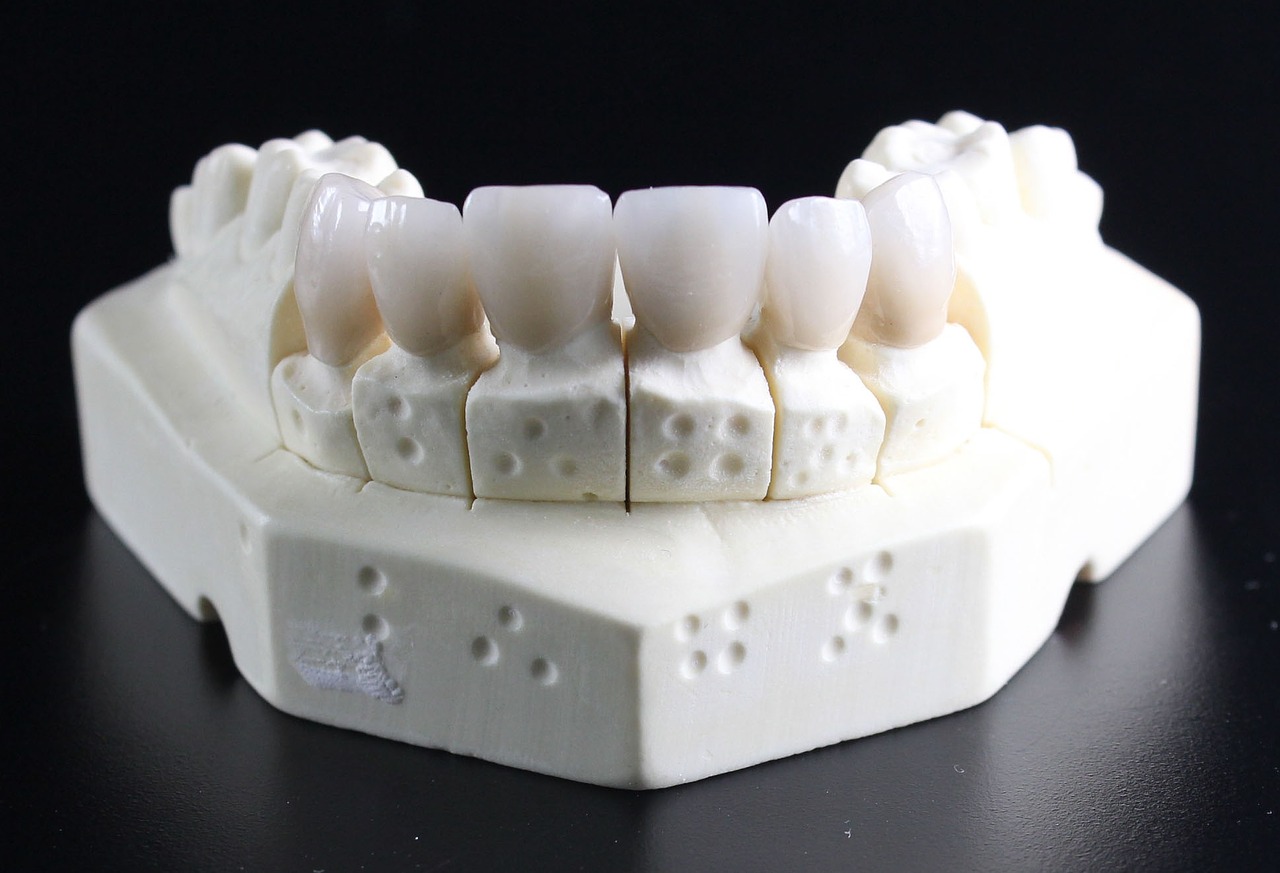Inflamed Roof Of The Mouth: Soothing Solutions Found
The roof of the mouth, also known as the palate, is a sensitive area that can become inflamed due to various reasons, causing discomfort and pain. This condition is known as palate inflammation or palatal inflammation. It can be caused by a variety of factors, including viral or bacterial infections, allergies, irritants, and even certain medical conditions. When the roof of the mouth becomes inflamed, it can lead to symptoms such as redness, swelling, and tenderness, making it difficult to eat, drink, or even speak.
To better understand the causes of an inflamed roof of the mouth, it’s essential to consider the anatomy of the palate. The palate is composed of mucous membranes, bone, and cartilage, which work together to form the roof of the mouth. When any of these components become irritated or infected, it can lead to inflammation. For instance, a viral infection such as herpes or influenza can cause the mucous membranes in the palate to become inflamed, resulting in symptoms such as fever, headache, and sore throat.
In addition to infections, allergies can also play a significant role in causing an inflamed roof of the mouth. Certain foods, such as spicy or acidic foods, can irritate the palate and lead to inflammation. Furthermore, environmental factors, such as exposure to pollutants or allergens, can also contribute to the development of palate inflammation.
Fortunately, there are several soothing solutions that can help alleviate the discomfort and pain associated with an inflamed roof of the mouth. One of the most effective approaches is to use salt water rinses, which can help reduce inflammation and kill bacteria. To make a salt water rinse, simply dissolve 1⁄2 teaspoon of salt in 8 ounces of warm water and swish the solution around the mouth for 30 seconds before spitting it out.
Another approach is to use topical anesthetics, such as Orajel or Anbesol, which can help numb the area and provide temporary relief. However, it’s essential to follow the instructions carefully and avoid using these products for extended periods, as they can have side effects.
In addition to these solutions, there are several home remedies that can help soothe an inflamed roof of the mouth. For instance, applying a cold compress to the affected area can help reduce swelling and ease pain. Aloe vera gel can also be applied topically to help soothe and calm the inflammation. Furthermore, drinking plenty of fluids, such as water or herbal tea, can help keep the mouth moist and reduce discomfort.
It’s also essential to practice good oral hygiene to prevent the recurrence of palate inflammation. This includes brushing the teeth regularly, flossing daily, and using an antibacterial mouthwash. Avoiding irritants, such as spicy or acidic foods, and quitting smoking can also help reduce the risk of developing an inflamed roof of the mouth.
In some cases, an inflamed roof of the mouth can be a symptom of an underlying medical condition, such as oral thrush or leukoplakia. If the symptoms persist or worsen over time, it’s essential to consult a healthcare professional for proper diagnosis and treatment. A dentist or doctor can examine the mouth and provide a proper diagnosis, as well as recommend the best course of treatment.
To further illustrate the importance of identifying the underlying cause, let’s consider a case study. A 35-year-old woman presented with symptoms of an inflamed roof of the mouth, including redness, swelling, and tenderness. After a thorough examination, the dentist discovered that the woman had a viral infection, which was causing the inflammation. The dentist prescribed an antiviral medication, which helped to alleviate the symptoms and reduce the inflammation.
In conclusion, an inflamed roof of the mouth can be a painful and discomforting condition, but there are several soothing solutions that can help alleviate the symptoms. By understanding the causes of palate inflammation and practicing good oral hygiene, individuals can reduce the risk of developing this condition. If symptoms persist or worsen over time, it’s essential to consult a healthcare professional for proper diagnosis and treatment.
What are the common causes of an inflamed roof of the mouth?
+The common causes of an inflamed roof of the mouth include viral or bacterial infections, allergies, irritants, and certain medical conditions.
How can I soothe an inflamed roof of the mouth?
+To soothe an inflamed roof of the mouth, you can use salt water rinses, topical anesthetics, and home remedies such as applying a cold compress or aloe vera gel.
When should I consult a healthcare professional for an inflamed roof of the mouth?
+You should consult a healthcare professional if the symptoms persist or worsen over time, or if you suspect that the inflammation is caused by an underlying medical condition.
By following these tips and seeking medical attention when necessary, individuals can effectively manage an inflamed roof of the mouth and prevent future occurrences. Remember, a healthy mouth is essential for overall well-being, and taking proactive steps to maintain good oral hygiene can help reduce the risk of developing this condition.


